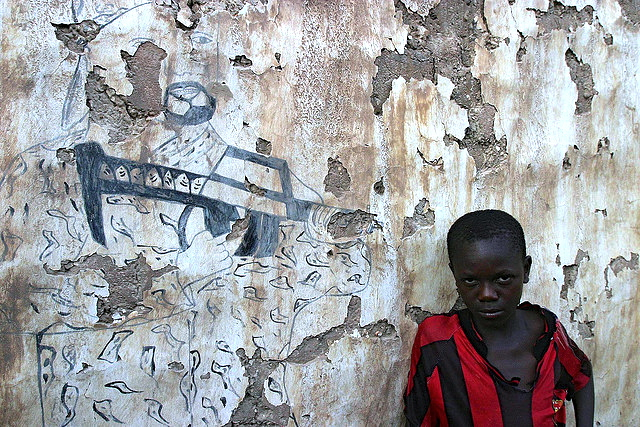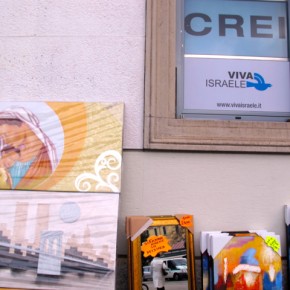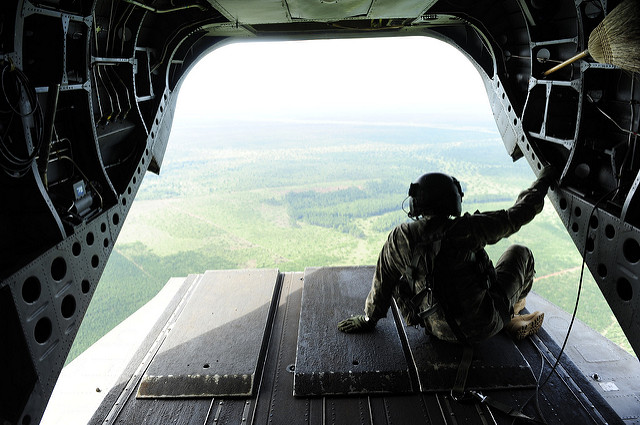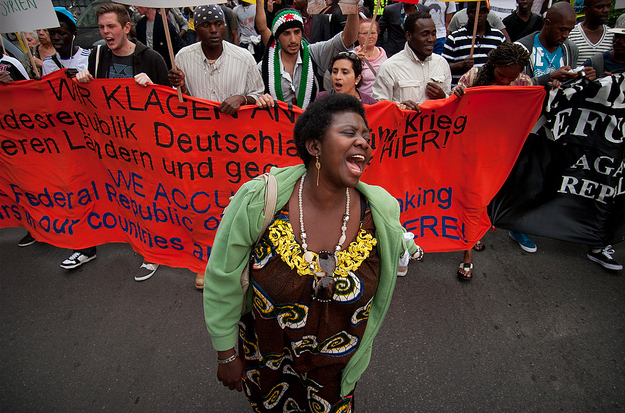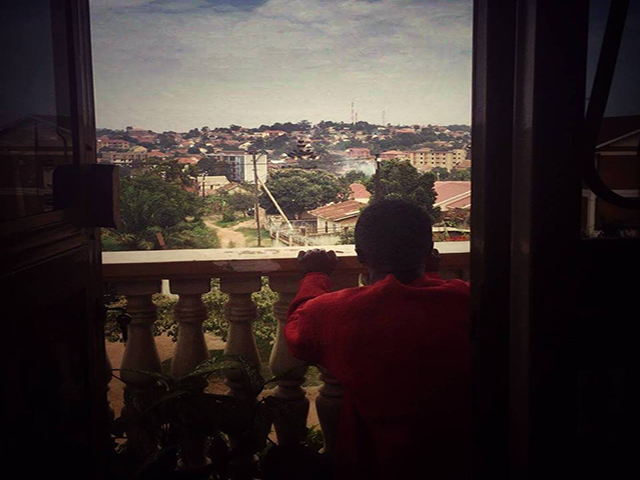I’ve got this thing about airplanes. Especially if I am taking them in the forgotten corners of the world. There was that Yerevan to Moscow flight, stopping off in Vladikavkaz for fuel paid for by us, the passengers, dropping various currencies into our begging pilots’ cap. There was that Yak40 linking Ulanbaatar to God knows where in rural Mongolia, with more goats and clucking hens than humans as passengers.
And the anti-SWAPO [South West Africa People’s Organization] war-crazed Afrikaner pilot, who got me into the cabin of his plane on the Windhoek – Swakopmund run. He insisted on showing off his landing skills, by pretending his 737 was… what? Probably an APC. He was wasted. So was I.
Now I’m older and wiser, with babies and a mortgage and tax bills to pay. I take scheduled flights, with tokens of civilisation that include some gap-toothed clerk running a wand down my body, check-in QR codes and all that. Makes me feel downright middle-aged. But today the flight crosses central Africa, my handbag contains a selection of stinking medicinal herbs and wrought iron knives I should have checked in. Old habits are hard to shake. A smile, a joke and a bill, and my contraband gets waved through.
On the jetway, the dude managing the prams sees the grafted seedling from Mr. Richard’s nursery I am carrying, and stops me to chat. Soon, I’m asked to advise about his barren fields while the other passengers glide past. Glancing to make sure the Kenyan Airways people don’t see, he pulls a plastic coke bottle from a bag and offers me some of his farm’s vin blanc – fermented palm wine. It’s delicious.
Kenyan Airways flights have become very civilised. The plane is almost new, the crew courteous and professional, and the Cape Red plentiful – and free. Today’s run crosses the world’s second biggest rain forest, across the Congo River basin, and I, as usual, have taken a window seat near the front. By now, I’m passably drunk. Oliver, the steward, has become extraordinarily solicitous and makes sure my bottle is replaced just before I pour the last milliliter. But then, I did tell him a few tricks about how to make his wives’ farms (yes, that’s a plural) more productive.

It’s all I can do to keep track of that suspended animation feeling flying gives you when the landscape hardly changes. For three hours, I have seen nothing but rainforest, deep green and primeval, filled with Iboga and Iroko and mahogany and teak and ebony and God knows what else that no-one has logged yet. The Congo River, glimpsed through the perennial clouds, is a sea of meandering arms, far inland. Very few villages break up the mottled crowns of millions of trees.
Just this morning, I’d read the day’s crop of bad news. Lion populations are down by over half since the 1970s. The IPCC deciding to ignore the permafrost – or should that be permamelt? – carbon feedback loop in their next climate assessment, dooming it to oblivion even before its publication, all but guaranteeing that we’ll see the world going to the dogs much faster before we do something.
Sea levels are rising faster than worst-case forecasts. Carbon emissions rising faster than worst-case forecasts. Glaciers are melting faster than worst-case forecasts. And in Cameroon, babies are everywhere. Friends tell me they are part of a brood of seven, eight, or nine kids. Young comely lasses say they want “only” four kids. Apocalypse beckons, the ghost of Malthus cackling malevolently. It’s enough to drive one to drink.
Yet the flight is oddly soothing. That endless sea of green cannot be logged in a few years, surely. And there is something else, too. I have Monsieur Richard’s grafted seedlings. I will bring them home, eventually, and pot them in the snowy north. Cameroonian safou and avocado pears may have a hard time fruiting in Waterloo, Belgium, but I have been taught by a master. I have a greenhouse. I will try my best.
Photographs courtesy of hdptcar. Published under a Creative Commons license.
